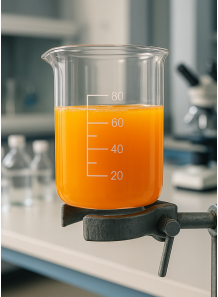Selenium Sulfide (20% Dispersion)
Cosmetics
Code: 127562
an antifungal agent commonly used in shampoos to treat various scalp conditions
Dispersion type, stabilized and easy to use in any shampoo formulation
Cart
No products
Subtotal:
0.00
Total
0.00
THB



